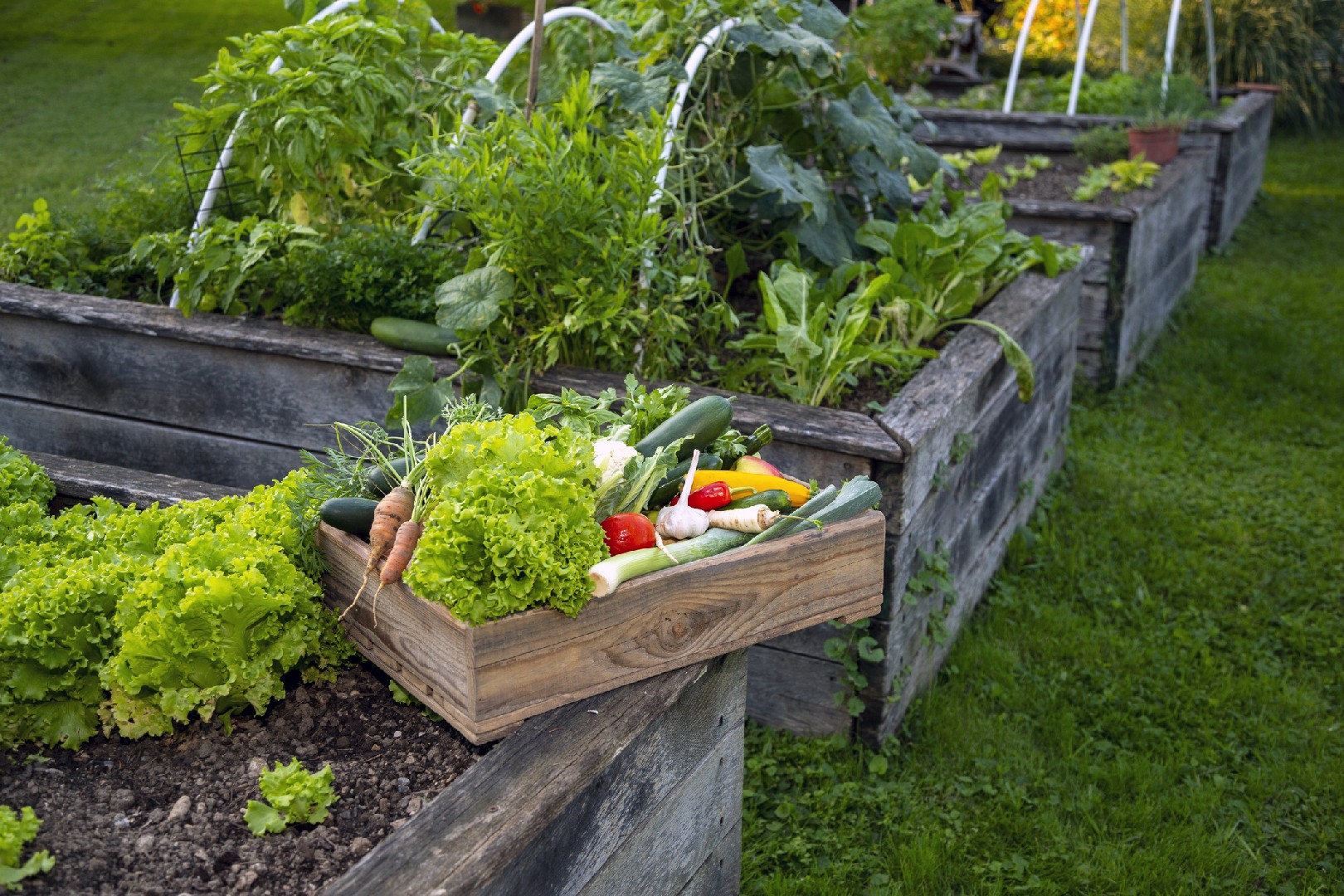![Rectangle]()
Preparing the Ground: Building Your Raised Bed
When it comes to raised bed gardening, the first step is to carefully choose the right location for your bed. Site selection is crucial for the success of your garden, as it affects the amount of sunlight, water drainage, and overall health of your plants. Look for a spot in your yard that receives at least 6-8 hours of direct sunlight each day. This will ensure that your vegetables get the necessary light for optimal growth.
Once you have chosen the ideal location, it's time to start building your raised bed. The construction process is simple and can be done by anyone, regardless of their skill level. First, gather the necessary materials - untreated lumber or bricks are popular choices for building the sides of the bed.
To build the bed, start by measuring the desired dimensions. It's recommended to keep the width of the bed between 3-4 feet, as this allows for easy access to all areas of the garden. The length can vary depending on the available space in your yard.
Next, mark the dimensions on the ground using a string or garden hose. This will serve as a guide for the construction process. Use a shovel or garden tiller to remove any grass, weeds, or debris from the marked area. This will ensure a clean surface for your raised bed.
Once the ground is prepared, begin building the sides of the bed. Lay the lumber or bricks along the marked dimensions, creating a rectangular shape. Make sure the corners are square and the sides are level. Secure the sides together using screws or nails, ensuring a sturdy structure.
After the bed is built, it's important to fill it with quality soil. Raised bed gardens require a mix of soil, compost, and organic matter to provide the nutrients that plants need to thrive. You can purchase a pre-made soil mix or create your own by combining equal parts garden soil, compost, and peat moss.
Before planting, water the soil thoroughly to settle it and remove any air pockets. This will create a stable growing environment for your vegetables. Now you're ready to start planting your favorite vegetables and herbs in your brand new raised bed garden!
In conclusion, building a raised bed for your vegetable garden is a rewarding and practical endeavor. By following these steps, you can create an ideal growing environment for your plants and ensure a successful harvest. So why wait? Get started on your raised bed garden today and elevate your gardening experience!





